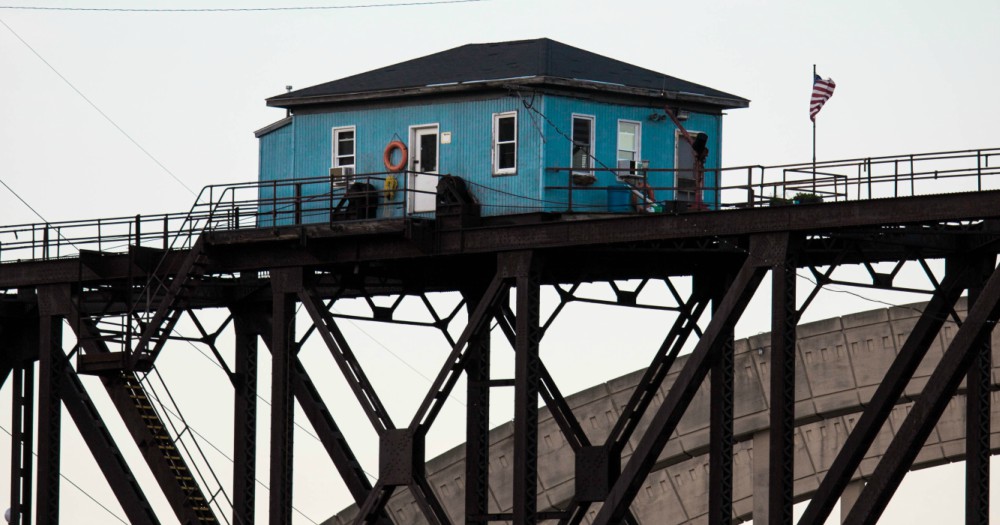Have you thought about where you’ll live once you retire? Lot’s of people choose to move to warmer climates, while some people choose to stay in the same area, but move to a smaller home. Others choose to stay right where they’ve been for the last few decades. Most of us, after we choose where we want to live, are choosing to age in place.
While aging in place sounds wonderful, because it gives us a feeling of control over our life, and our home, it may not be all it’s cracked up to be. There is the inherent isolation that comes with living in our own home, and the cost of maintaining the home for the next 40 years. There are also the safety issues.
I know 2 women in their late eighties. These 2 women live in their own separate homes, in two different cities. Both homes are 2 story homes with all of the bedrooms on the second floor. Every night these 2 ladies climb their stairways to go to bed. Both are at risk for a very dangerous fall. Both ladies have the space to convert a room on the first floor into a bedroom. One would have to convert her formal dining room, the other would have to convert her family room. Yet, both refuse to do so. They have become closed minded to the obvious options they have to remain safe. Their reasoning is because that’s not how they’ve lived in their homes up to now. So both ladies will continue to climb the steps each night while the family members dread the phone call they are sure to receive one day.
Potential Safety Hazards:
If you’re thinking you want to age in place, first consider these issues:
- How isolated is your home?
- Do you need a car to get anywhere?
- Is public transportation available?
- Is private transportation available, such as Uber?
- Is your home 1 story or 2 stories?
- Is your master bedroom and a bath room on the first floor?
- Do you have to climb steps to enter and exit the home?
- Is your yard a hill or flat?
- How much work does the home currently need?
All of these issues can lead to safety hazards. Setting aside the transportation issues for another article, let’s explore the safety issues with the home and the yard.
Most of these issues can be resolved with some good redesign of the home. As I mentioned with the ladies above, if the master bedroom is currently on the 2nd floor, with some redesign of the first floor, it could be moved to a much safer location.
For the 2 octogenarians, it’s a simple case of removing the current furniture, building a closet, installing an entry door or 2 in the already existing doorways, and moving in the bedroom furniture. These changes could be made over a long weekend, at very low cost, and the entire family would breathe easier.
Not all floor plan changes are this easy, but with a little help from a good designer, they can usually be resolved.
Other safety issues such as proper hand rails in the home, and grab bars in the bath room can also be handled quickly, with relatively little expense. If you’re worried about the looks of those old fashioned grab bars you’re used to seeing, don’t. Designers have finally gotten their hands into all things aging in place related and you can now find beautiful grab bars that actually add to the design of your bathroom, instead of detract.
The exterior should also be looked at for safety issues. Not just the obvious, either, such as stairs, stair rails, porch floors, patio surfaces. Look at the yard. When you walk in it, is it lumpy? Are there tree roots sticking up? Yards can be a major trip hazard, to someone who doesn’t have the balance skills they once had.
Consider digging up old tree stumps, and dead roots, and grading the yard, if it feels lumpy. A smooth lawn is a safe lawn. Consider putting a sidewalk around the base of your entire home. My mother added a paver walkway that encircles her home. She not only added safety, she added a hardscape detail, and she added fun. The grandkids love running around the house, literally.
If you have to take steps to enter or exit the home, is there another door you can use that doesn’t have as many steps? Case in point. One of the lady’s homes I mentioned earlier, has about 8 exterior steps to climb to get to the front porch and the main entry door. However, there’s a side door, with a sidewalk directly to it, that allows you to enter the home from the ground level. A hand rail could be attached directly to the side of the house to make the trek down the sidewalk safer, also. Once inside, there are only four steps to climb to get to the first floor. Four steps, protected from the weather, and with a very safe hand rail. Her safety could be easily improved with a simple change of habit.
Do All The Major Maintenance Work Now:
If you’re planning to stay in your home until death do you part, you should also consider doing all of the major maintenance work on the home before you stop working. First of all, these things always cost more than anticipated, secondly, you will have an easier time getting and paying off financing for the improvements, should you choose to go that route.
At one time I owned an interior design and remodeling company. We specialized in buying old homes, usually in foreclosure, and fixing them up and reselling them. Besides the obvious things that we did, such as putting in all new kitchens and baths, we also did the not so obvious things that really made the house safe and livable.
We put on new roofs, installed new windows, new heating and air units, and new hot water heaters. Sometimes we would put in new driveways. These were the big ticket items, if we purchased a home that didn’t need any one item from this list, we were ecstatic. These are the items you need to replace now to get you through the next 40-50 years.
Here’s my general advise for these big ticket items. Go for the best you can afford, without taking you over the value of the rest of the homes in the neighborhood. For example, you can purchase asphalt shingles that last 20, 30, or 40 years. You can also purchase a tile, or a steel roof that will last 50 years, or a slate roof that will last 100 years. If all of the roofs in your neighborhood are asphalt shingle, then buy the asphalt shingle that will last 40 years, if you can afford it. It will keep you in line with the rest of the neighborhood, and the odds of your having to replace the roof again, in your lifetime, will be very low.
Planning For Your Future Needs:
Getting your house ready to be your forever home will take some planning. With an open mind, imagine what it would be like to live on one floor of your home, if you had to. Would you have to add a bathroom, would you have to find room to create a bedroom? Think about what it would be like to get around on a walker, or a wheel chair. While the chances of you ending up in a wheel chair, permanently, are probably slim, there is a higher chance you may have to spend some time in one after a major surgery. Are the main doorways wide enough to accommodate a wheel chair (36”)? You’ll need to be able to get into the kitchen, the bathroom and the bedroom. If they aren’t wide enough is there space on either side of them to widen them if need be?
Take a walk around your yard, imagine that your steps are altered by age. Do you feel safe and secure, or do you feel like you might turn an ankle or fall down if you’re not careful? How would you get in and out of your home if you couldn’t climb the steps anymore?
It may be a good idea to bring in a Designer or a Remodeler who is Certified Aging in Place (CAPS), and tell them that you would like to prepare your home to be your forever home. They’ll do a safety audit of your home and make the suggestions you need to hear, to get your plan in place.
While you’re at it, imagine the peace of mind you will create for yourself, by doing all the prep work to age in place, before you retire, or before you’re in a situation where you’re forced to do it. This is a potential mess that you can clean up before it even happens, so that you can live the magnificent life you so richly deserve.




